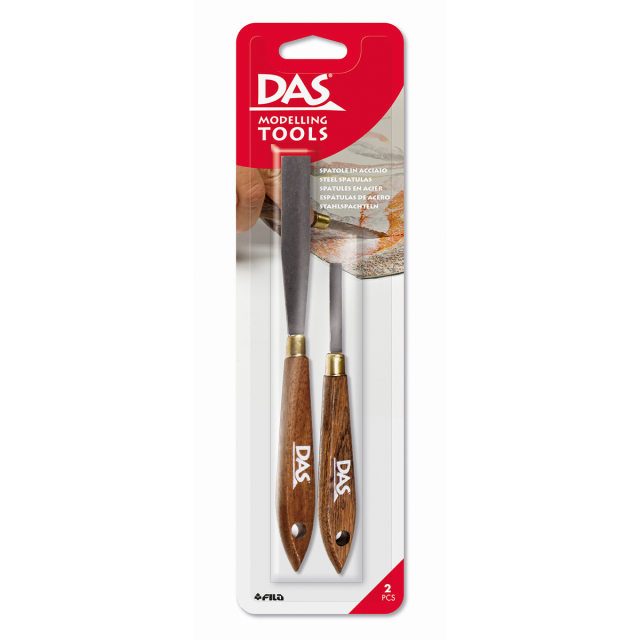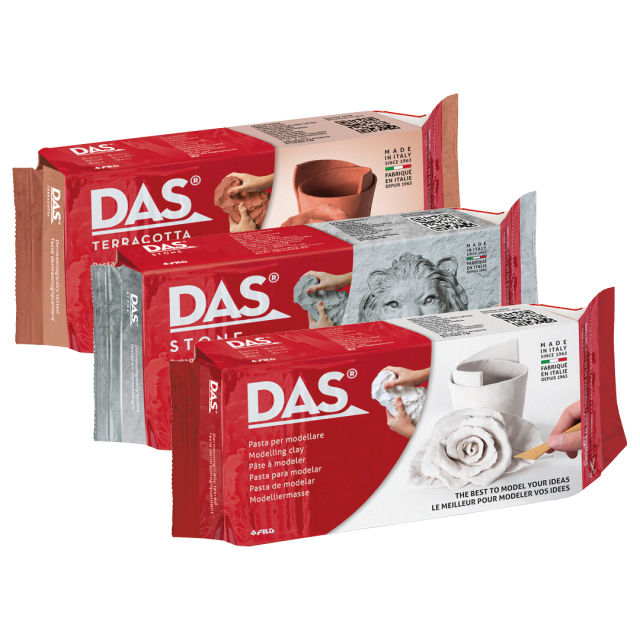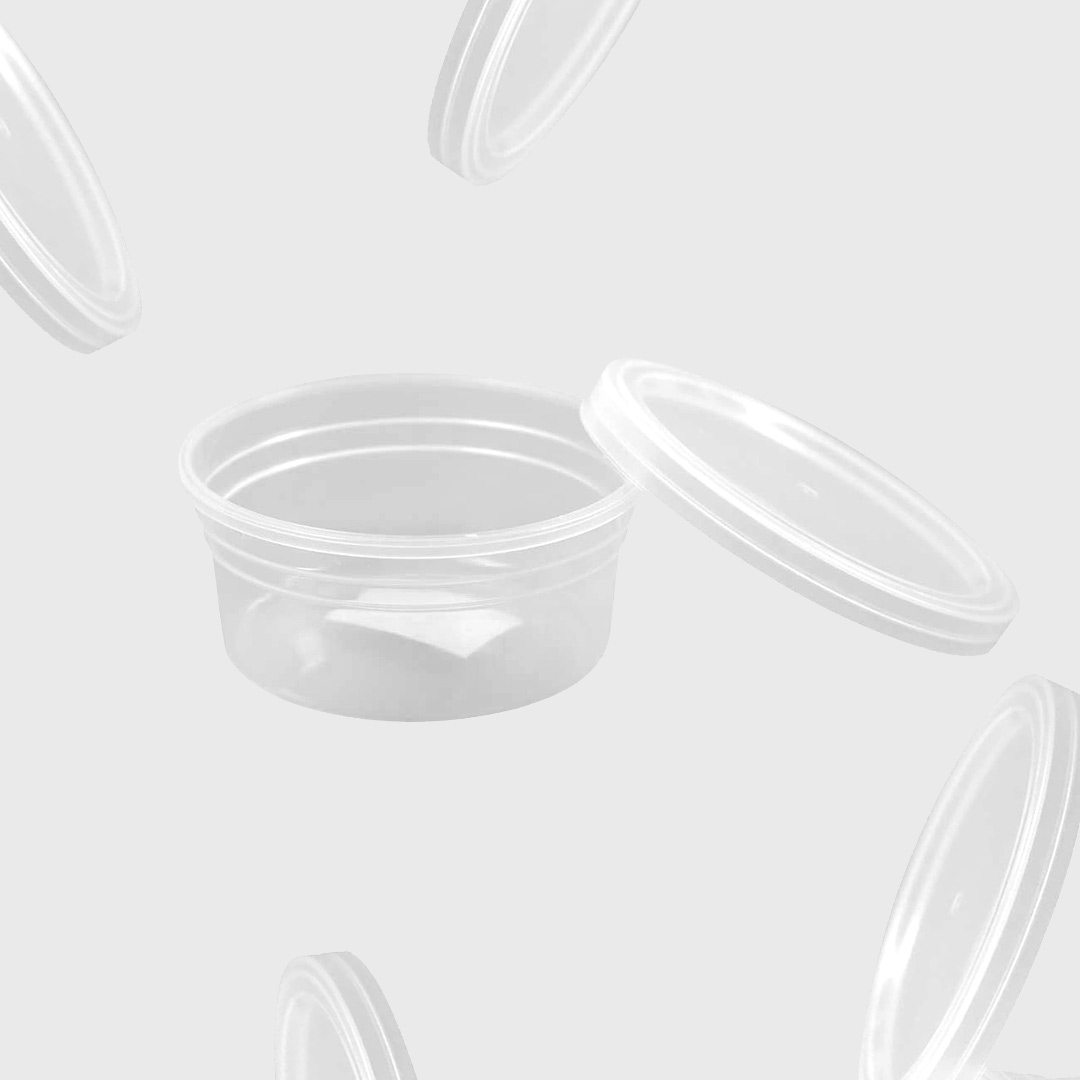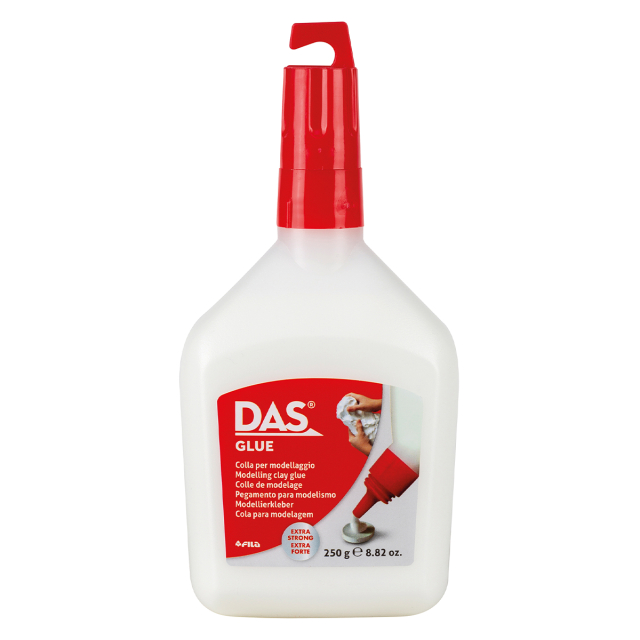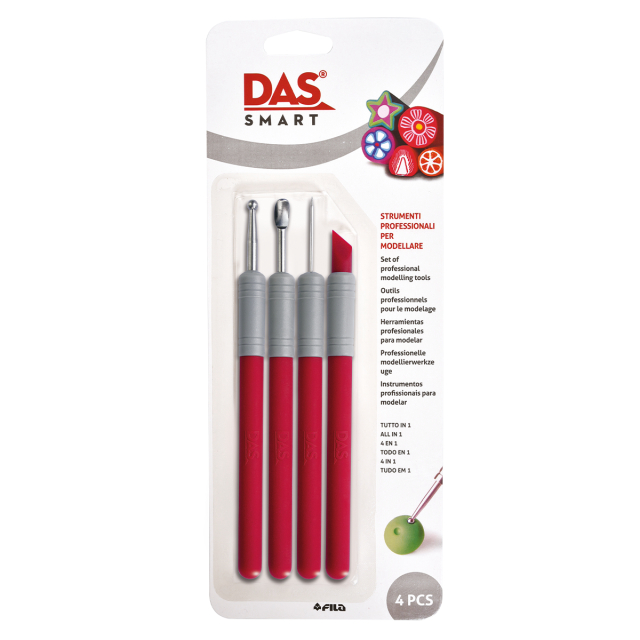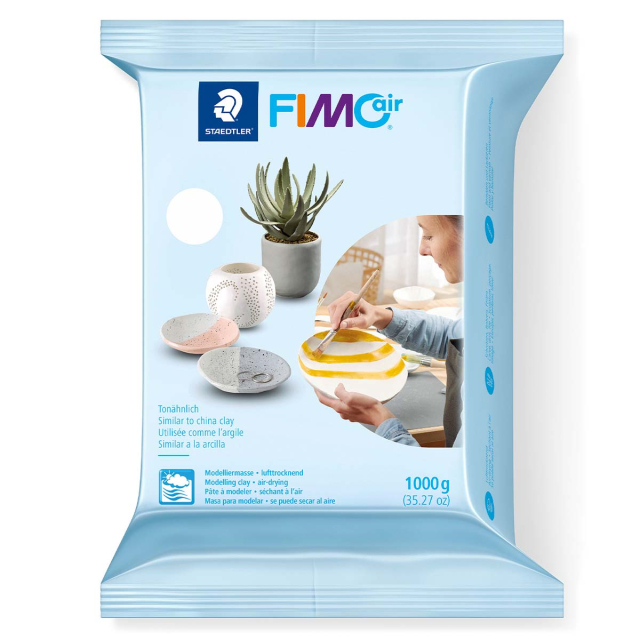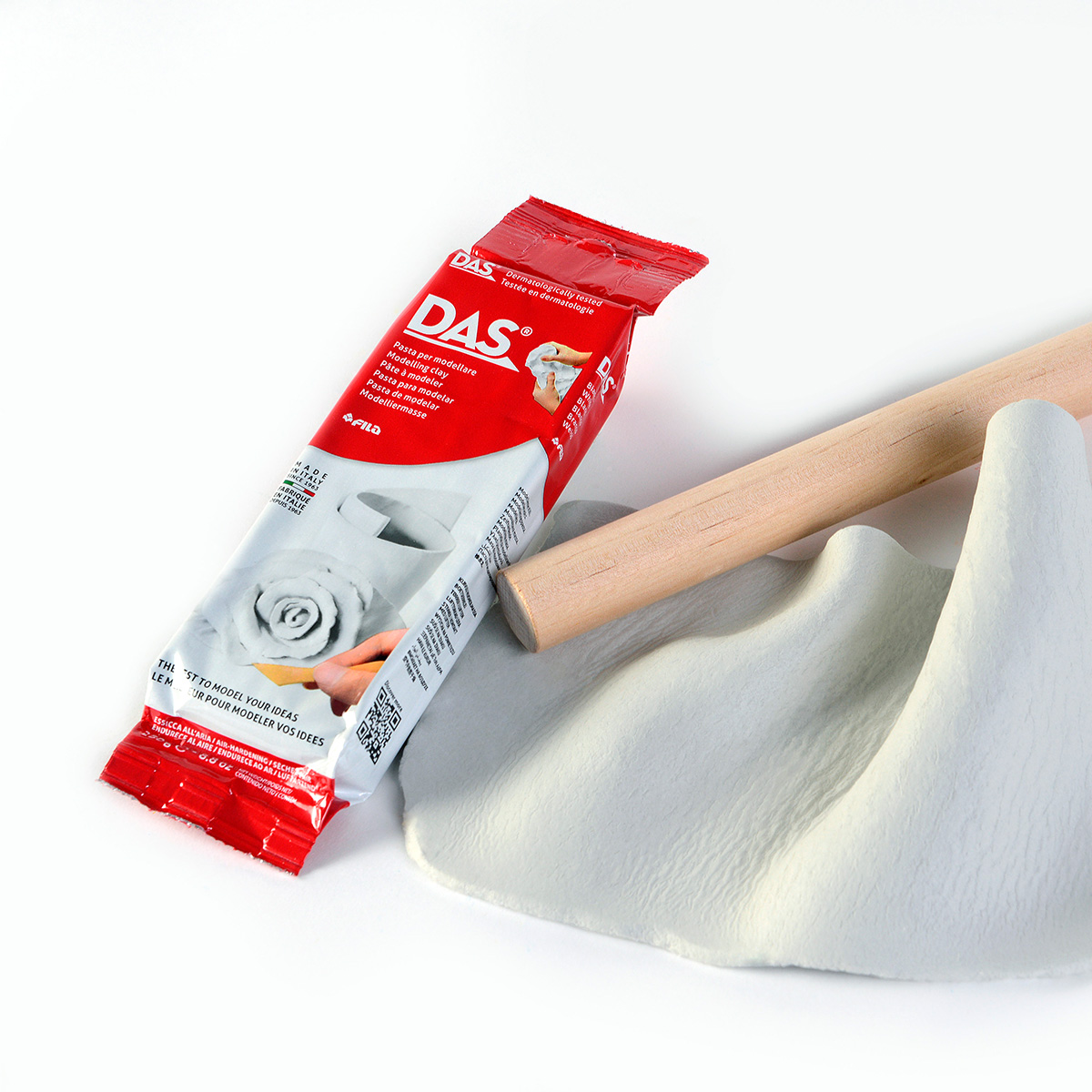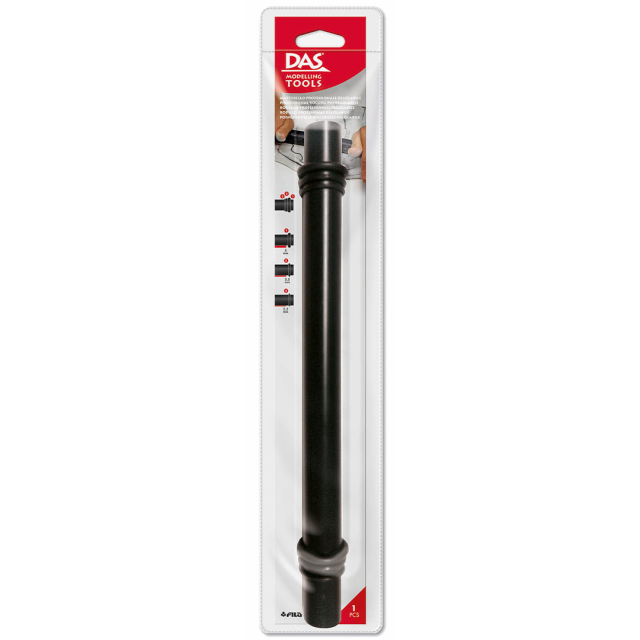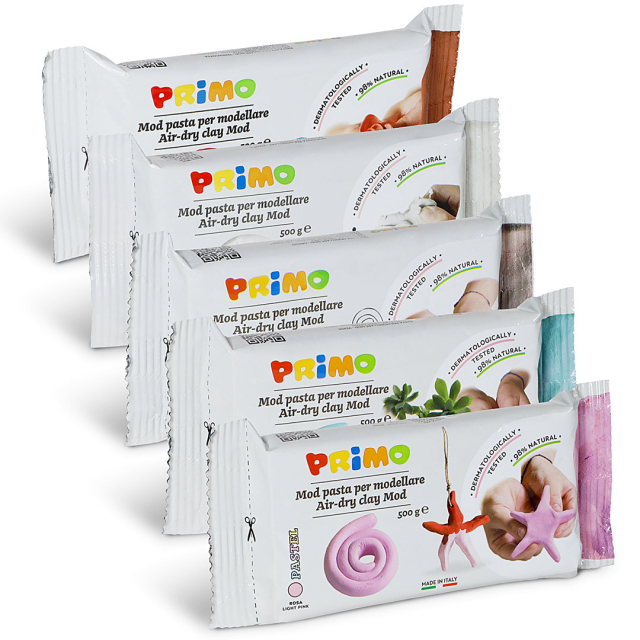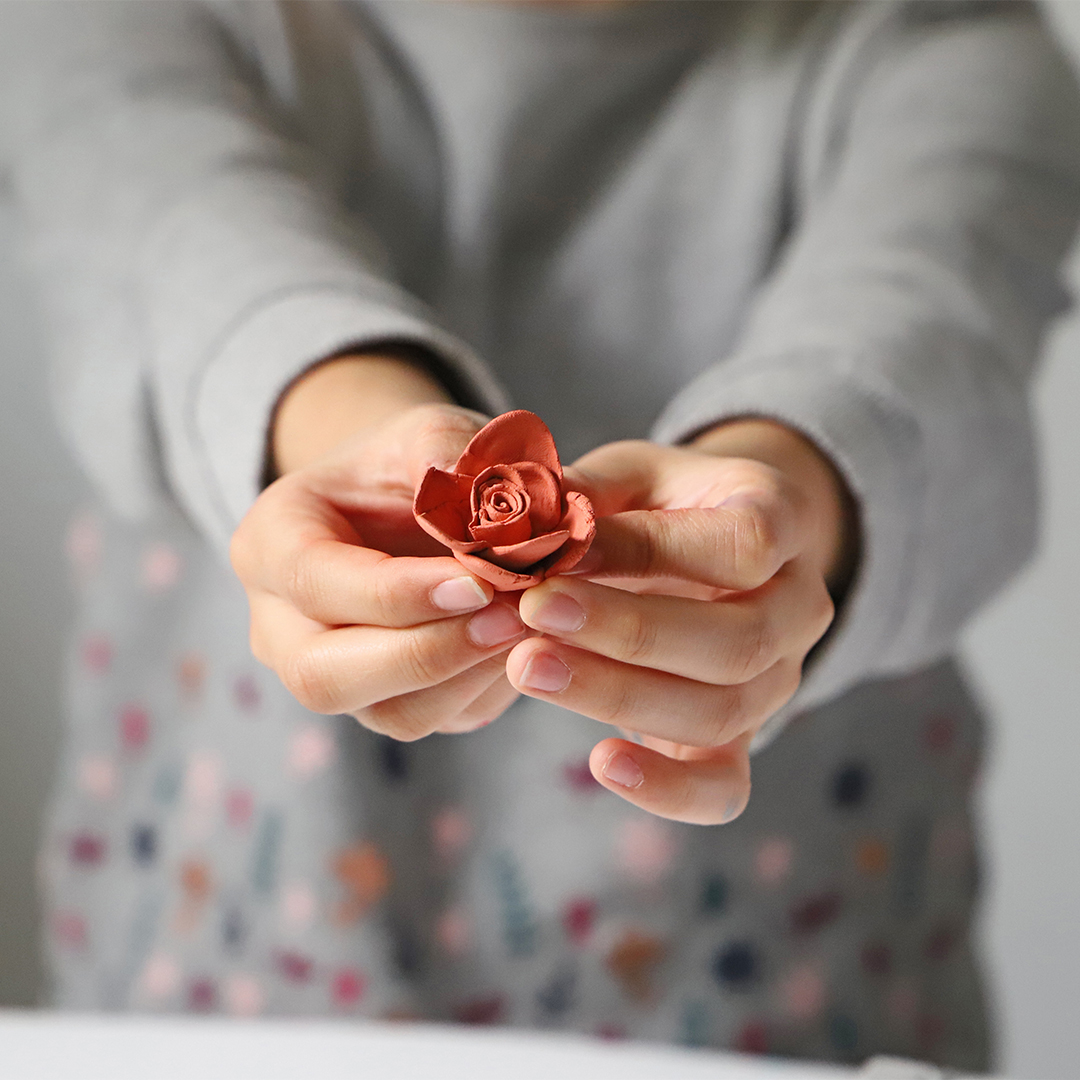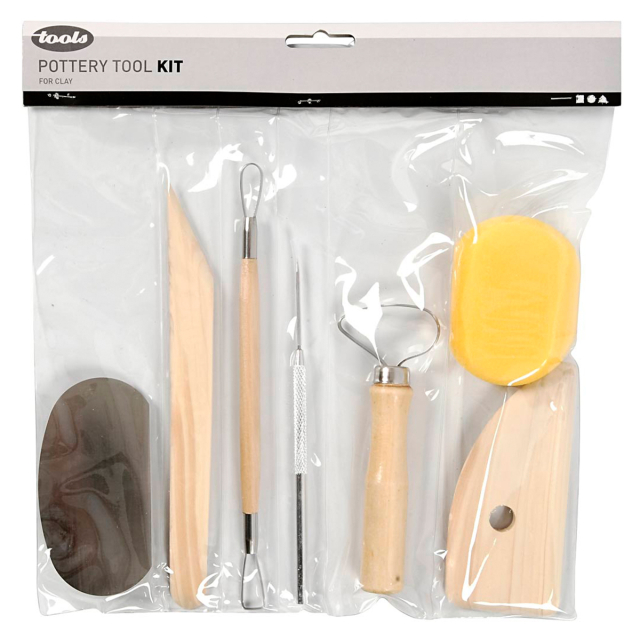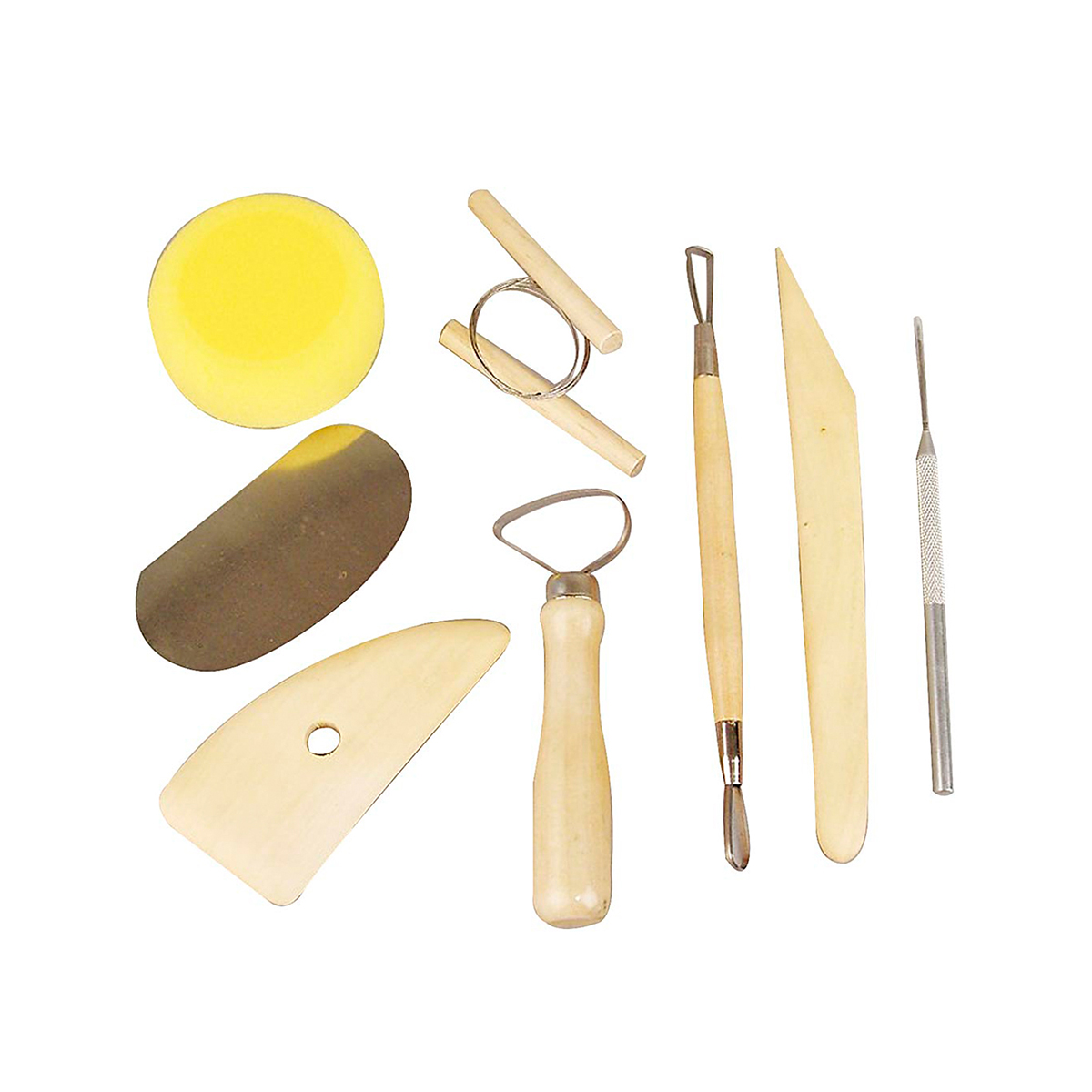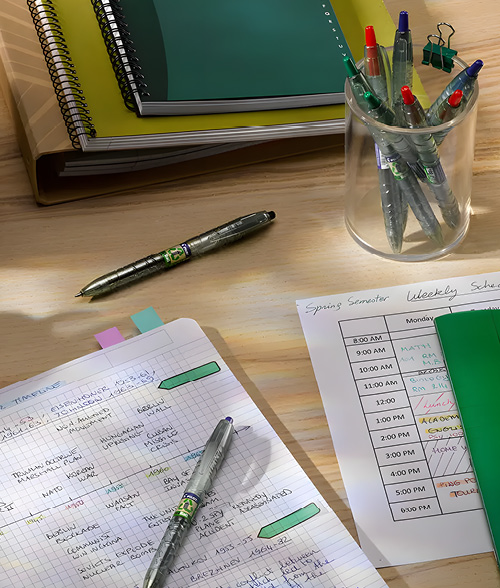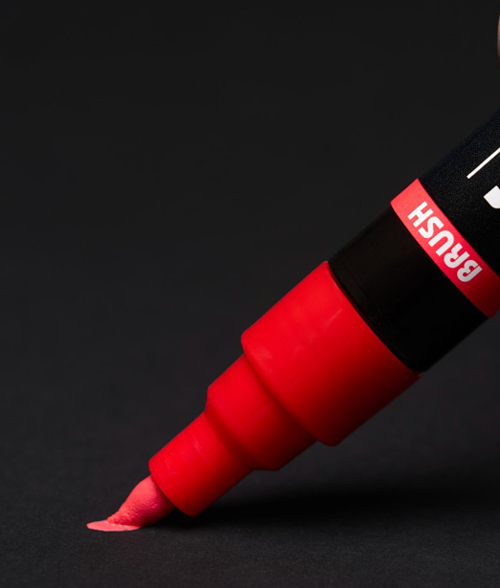How do you store air-drying clay? It’s a common question we get. Store it airtight! Air-drying clay stays soft for longer if you wrap it thoroughly in plastic, place it in an airtight container or bag, and ideally add a slightly damp cloth. Want to know more about how to keep your clay flexible for as long as possible and what to do if it has already started to dry? In this blog post, we share our best tips.
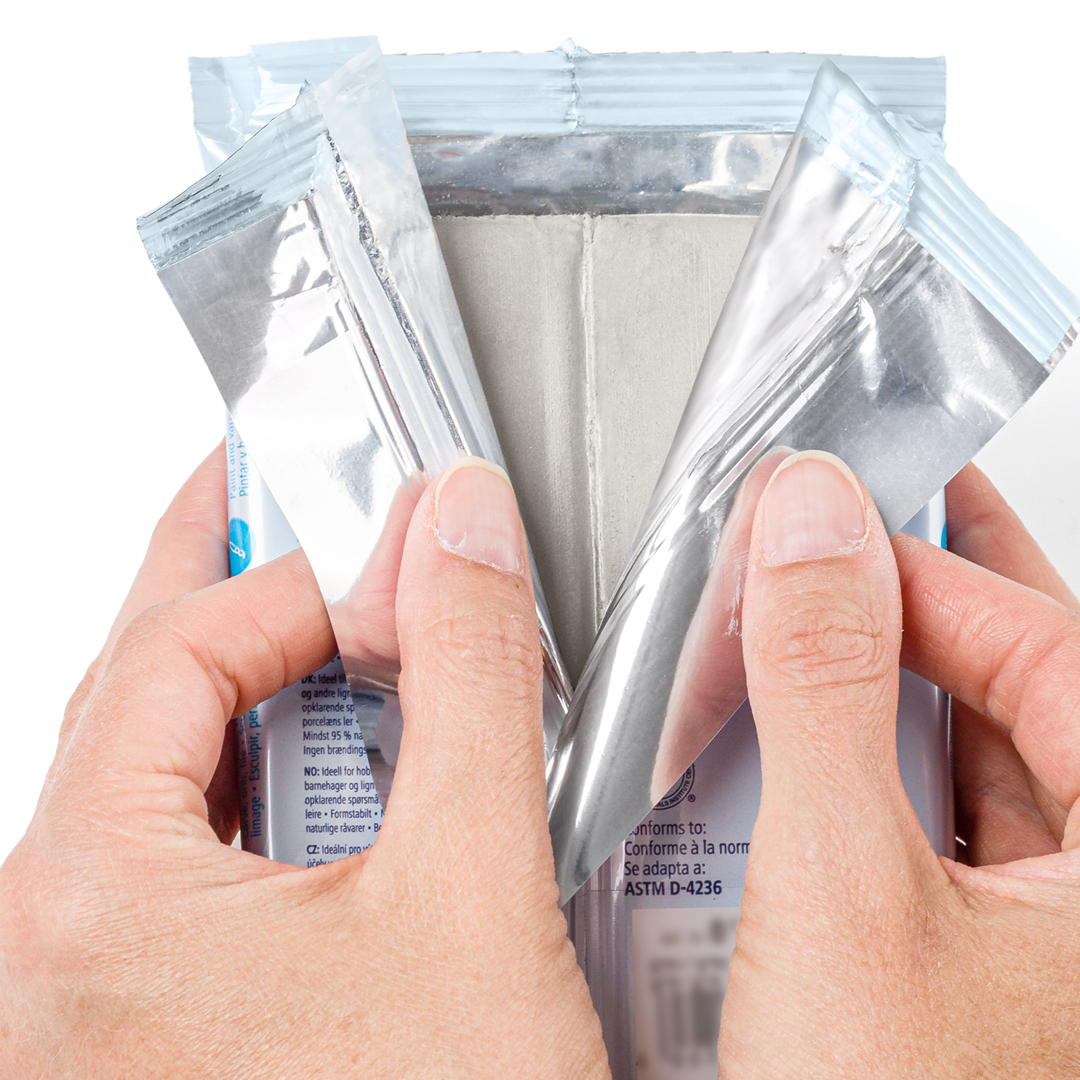
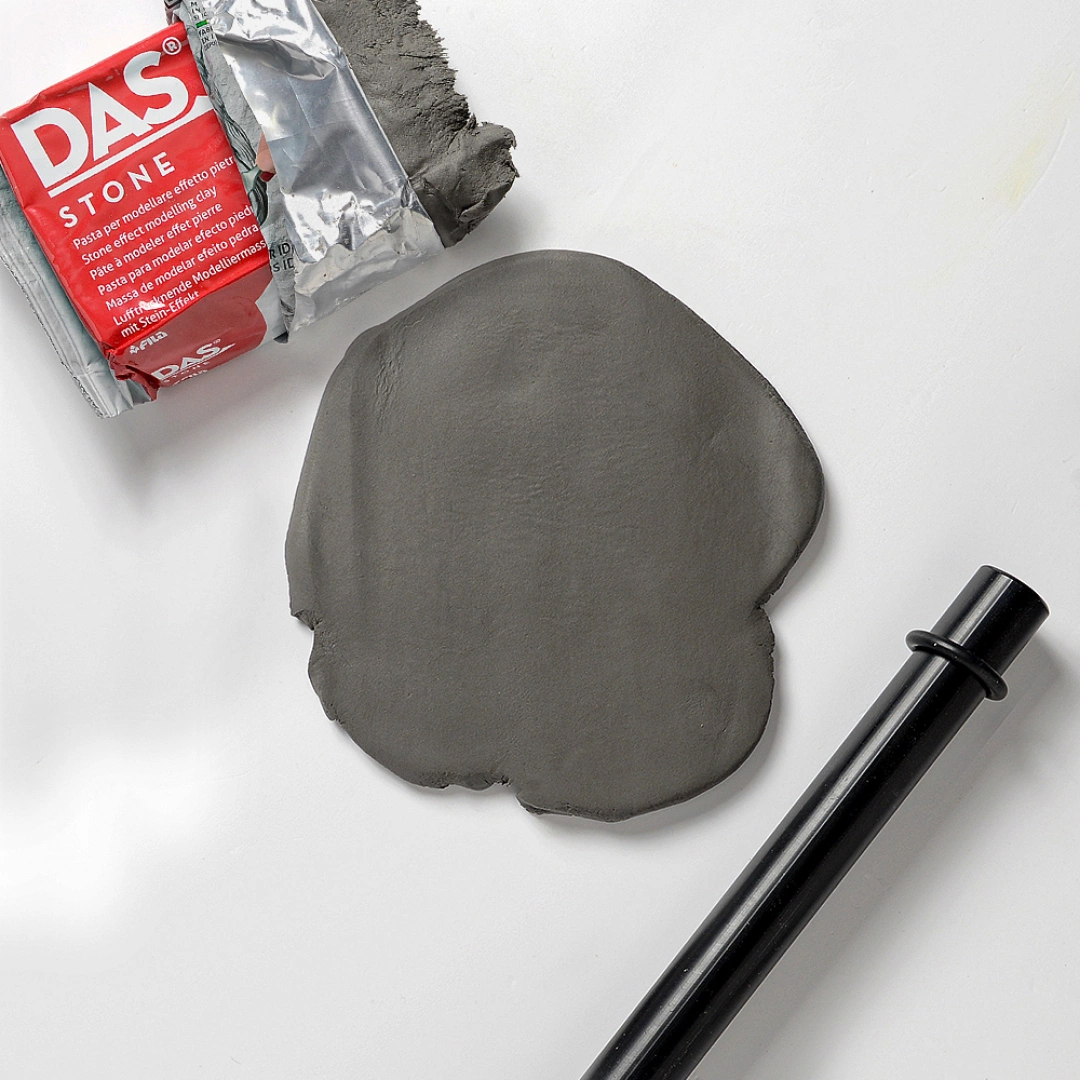
Why is proper storage important?
Air-drying clay begins to harden as soon as it’s exposed to air, which means that improper storage can make it dry and brittle before you even get to use it. If you store your opened clay correctly, sealing it airtight and adding moisture when needed, it can stay soft and workable for several weeks or even months. Without proper storage, however, it can start drying out after just a few days. An unopened pack usually has a longer shelf life and can last from several months up to a year, depending on the brand and storage conditions. For best results, keep it in a cool and dark place, away from direct sunlight and heat.
How to keep your clay soft – 7 storage tips
1. Use an airtight container
Since air-drying clay hardens when exposed to air, it’s important to store it in an airtight container. A plastic jar with a tight-fitting lid or a ziplock bag works well. Make sure to press out all the air before sealing the bag.
2. Wrap the clay properly
Before placing the clay in a container, you can wrap it in plastic film. The plastic wrap helps prevent air from reaching the surface and drying out the clay. Ensure the wrap is snug around the clay with no air pockets.
3. Add a bit of moisture
To further extend its life, place a lightly damp cloth in the container along with the clay. Alternatively, you can spray a small amount of water onto the surface before wrapping it in plastic. Avoid over-wetting, as it can affect the clay’s texture.
4. Store in the right place
Clay should be kept in a cool, dark place to prevent it from drying out prematurely, ideally no warmer than +5°C. Avoid direct sunlight and heat sources, such as windows, radiators or heaters, which can speed up the drying process.
5. Store different brands and types of clay separately
Different brands and types of air-drying clay have varying drying times and characteristics. To avoid uneven drying or cracks, store each type separately, preferably in its original packaging or individually wrapped. Small portions can be kept in the same container as long as they’re separated in individual plastic bags.
6. Only take out small amounts at a time
To prevent the entire block of clay from being exposed to air and drying out, only open one side of the package and take out a small, manageable amount at a time. This helps keep the rest of the clay soft for longer and reduces the risk of premature drying.
7. Clay with resealable packaging
Some brands, such as DAS, offer air-drying clay in resealable packaging. This is convenient and helps reduce plastic use, as the packaging itself replaces plastic wrap. However, we still recommend placing the package inside an airtight container or plastic bag to be on the safe side.
4 tips for reviving dried-out clay
If your air-drying clay has started to dry, there’s still hope! Here are a few ways to save it:
- Knead in some water: Add a few drops of water and gently knead it into the clay. Go slowly to avoid making the clay too sticky.
- Use a damp cloth: Place the clay in a plastic bag with a damp cloth and let it sit for a few hours. This allows the clay to slowly absorb moisture.
- Soften small pieces: If the clay has broken into small, dry bits, put them in a bowl with a little water and let them soften before kneading them together again.
- When is clay too dry to save? If it’s rock hard, unfortunately it’s too late to restore. In that case, you can use the pieces as filler material in other projects or recycle them by grinding into powder and mixing with new clay.
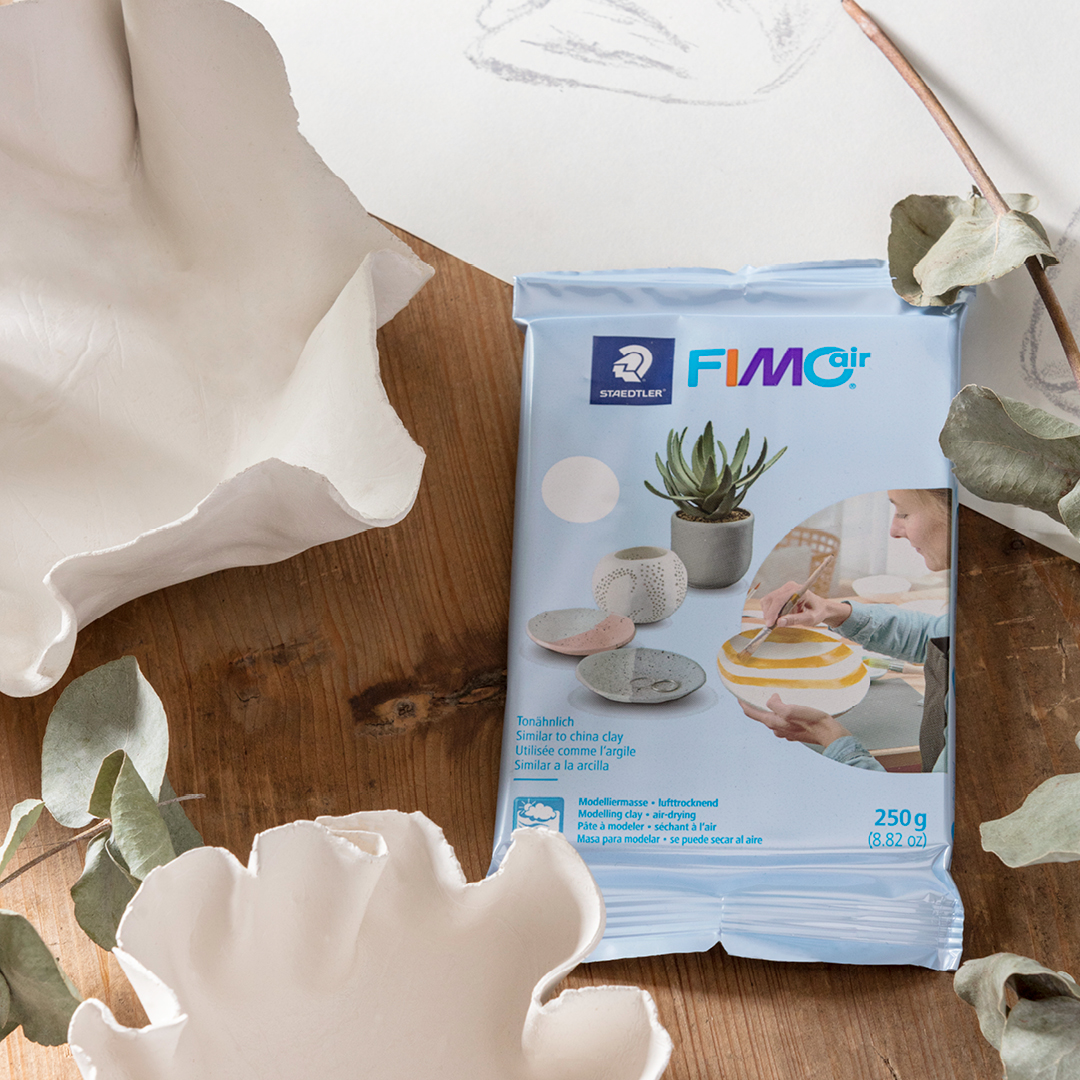
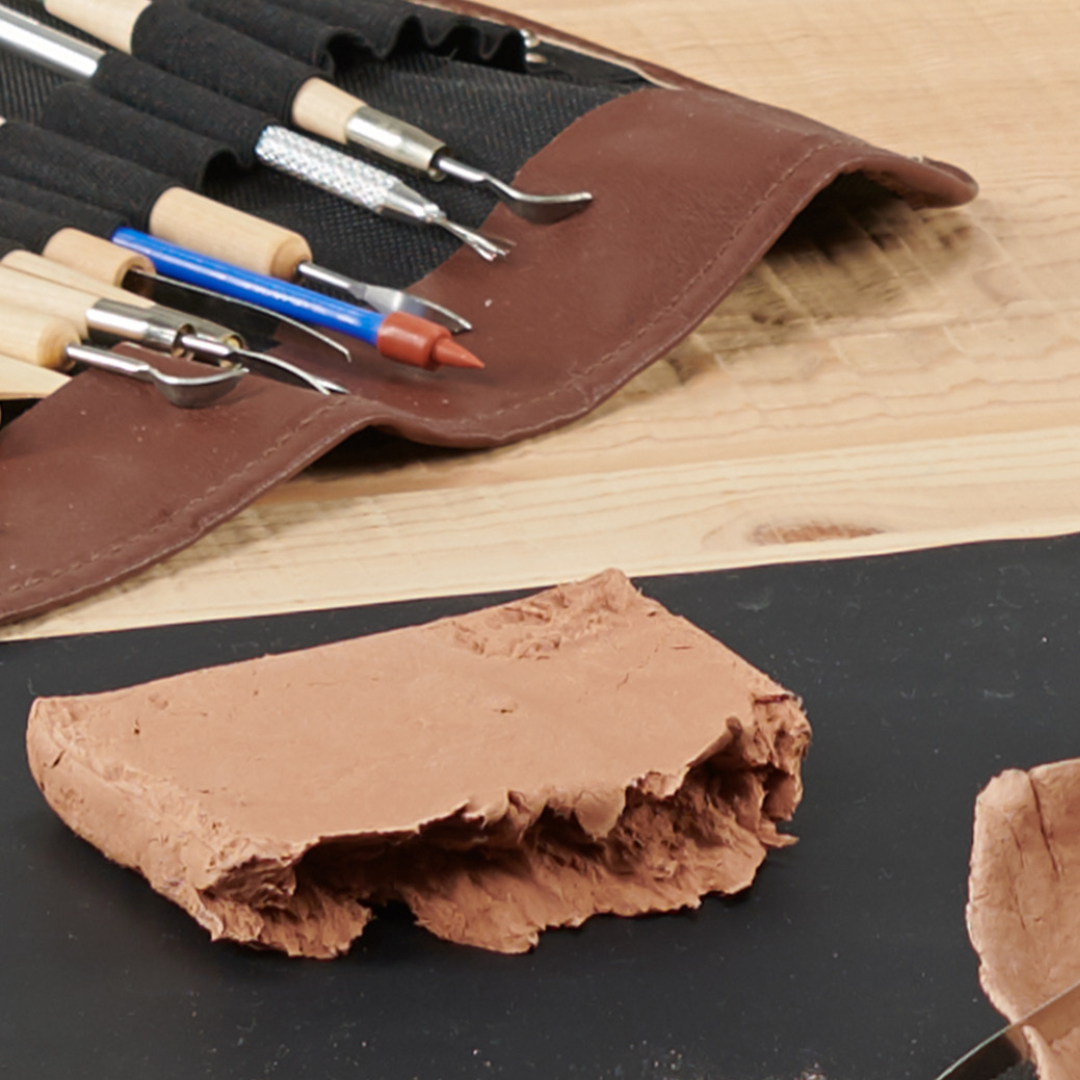
Common mistakes to avoid when storing clay
- Don’t store clay in a paper bag: Paper absorbs moisture and can make the clay dry out faster. Use plastic bags or airtight containers instead.
- Don’t leave clay uncovered while working: If you’re taking a break, cover the clay with plastic wrap or a damp cloth to prevent the surface from drying out.
- Don’t store clay in extreme temperatures: Heat can speed up drying, and cold can affect consistency. Keep it in a cool, stable environment for best results.
- Don’t add too much water: If rehydrating, add water gradually. Too much water can make the clay sticky and difficult to work with.
- Don’t mix different brands of clay: Because different clays have different properties and drying times, mixing them can lead to cracks or uneven results.
FAQs about Air-dry clay
What is air-drying clay?
Air-drying clay is a type of clay that hardens naturally when exposed to air, without the need for kiln firing. It’s easy to use and suitable for both beginners and experienced creators. Find everything you need to know in our guide: All about air-drying clay.
What can I make with air-drying clay?
The only limit is your imagination! Thanks to its ability to harden without a kiln, air-drying clay is perfect for all kinds of creative projects: vases and pots, bowls, coasters, jewellery and keyrings, to name just a few. For more ideas, see our guide: Creative ideas with air-drying clay.
Which air-drying clay should I buy?
It depends on your project. You might be looking for a specific colour, allergy-friendly composition, or a particular package size. In our guide Best air-drying clay we explain the most popular options to help you choose the right one!
How do I rescue dried-out clay?
Try rehydrating it by adding a few drops of water and kneading gently. If it’s very dry, place it in a plastic bag with a damp cloth and let it rest for a few hours.
How do I create with air-drying clay?
Knead the clay to make it soft before shaping. Use water to smooth joints and avoid making thick pieces, as these can crack while drying. Let your project dry slowly at room temperature before painting or sealing. For a detailed step-by-step guide, check out How to create with air-drying clay.
How long does an unopened pack of air-drying clay last?
An unopened pack can last for several months up to a year, depending on the brand and how it’s stored. Store in a cool, dry place for best shelf life.
How do I store opened air-drying clay?
Keep it in an airtight container or ziplock bag and wrap it thoroughly. Add a damp cloth to help prevent it from drying out.
 International (EUR)
International (EUR)

